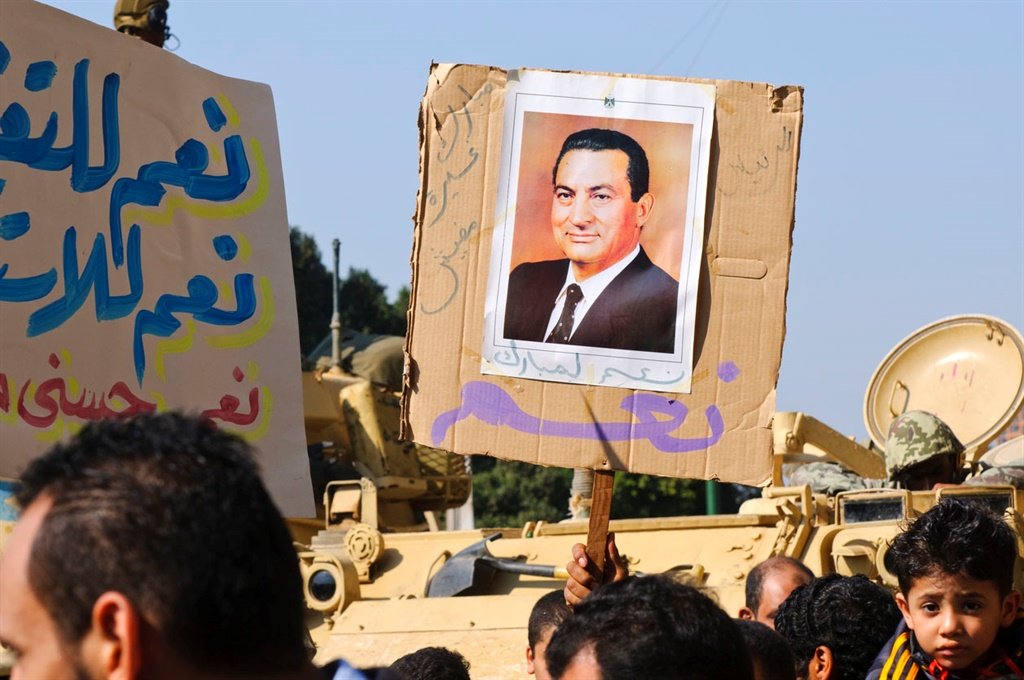

Egypt’s former long-time president Hosni Mubarak died on Tuesday at the age of 91 at Cairo’s Galaa military hospital, his brother-in-law General Mounir Thabet told AFP.
Thabet, a former high-ranking military official, confirmed the family was still at the hospital and said the Egyptian presidential office would organise the funeral.
Mubarak was in power from 1981 until he was overthrown in 2011 amid the region’s Arab Spring protests.
State television reported on Tuesday that Mubarak died weeks after undergoing surgery.
Throughout his rule, he was a stalwart US ally, a bullwark against armed groups, and guardian of Egypt’s peace with Israel. But to the tens of thousands of young Egyptians who rallied for 18 days of unprecedented street protests in Cairo’s central Tahrir Square and elsewhere in 2011, Mubarak was a relic, a latter-day pharaoh.
Mubarak was born in a rural village in the Nile Delta in 1928. He left behind a complicated legacy as his rule was partly characterised by corruption, police brutality, political repression, and entrenched economic problems.
He joined the Egyptian air force in 1949, graduating as a pilot the following year. He rose through the ranks to become the commander-in-chief of the Egyptian air force in 1972.
Mubarak became a national hero the following year with reports that the Egyptian air force dealt a substantial blow to Israeli forces in Sinai during the Yom Kippur War.
His harsh stance on security enabled him to maintain the peace treaty with Israel.
Under his rule, Egypt remained a key United States ally in the region – receiving $1.3bn a year in US military aid by 2011.
Mubarak is survived by his wife, Suzanne, and his sons, Gamal and Alaa.
